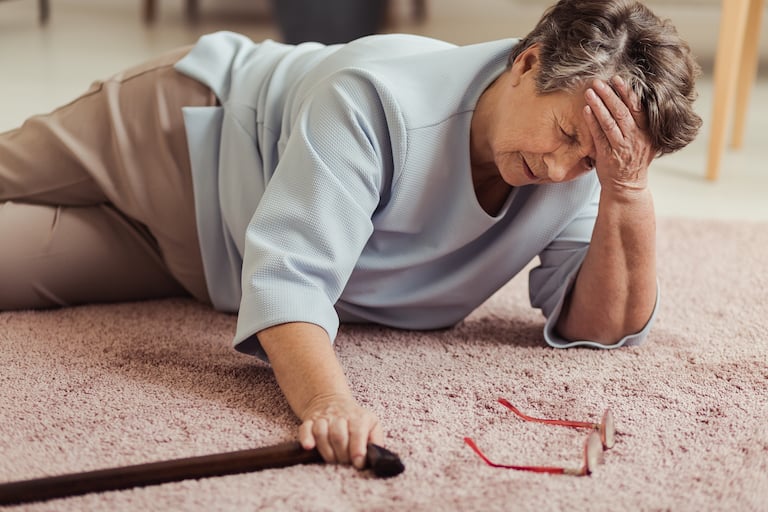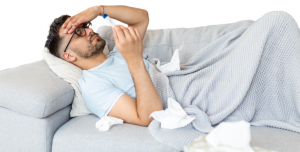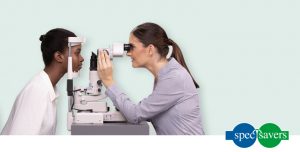Falls are the leading cause of injury-related hospitalisation in people older than 65 years of age.
A fall may not be due to an unintended event such as a trip on a pavement, but rather a manifestation of an acute or chronic underlying medical problem. As such, all falls in the elderly must be thoroughly assessed and managed by your GP or local emergency department. An assessment after a fall will include whether one has had a previous fall. Other areas and factors of review include:
- Medication: Certain types of medication are sedating and can affect coordination, e.g. sedatives, antidepressants and analgesics or painkillers.
- Vision: Onset of cataracts or re-examination of eyesight to determine the need for glasses.
- Impaired balance: Vitamin D deficiency, vitamin B12 deficiency, medication and onset of neurological illness.
- Dizziness/Syncope: Blood pressure changes and possible underlying heart disease.
- Cognition/Memory
- Environment: Consideration of the home environment and safety around the home.
6 tips to prevent falls:
Fall prevention may not seem like a lively topic, but it’s important. As you get older, physical changes and health conditions – and sometimes the medications used to treat those conditions – make falls more likely. Still, fear of falling doesn’t need to rule your life. Instead, consider six simple fall-prevention strategies.
- Make an appointment with your doctor
Begin your fall-prevention plan by making an appointment with your doctor.
- Keep moving
Physical activity can go a long way toward fall prevention. With your doctor’s permission, consider activities such as walking, water workouts or tai chi — a gentle exercise that involves slow and graceful dance-like movements. Such activities reduce the risk of falls by improving strength, balance, coordination and flexibility.
- Wear sensible shoes
Consider changing your footwear as part of your fall-prevention plan. High heels, floppy slippers and shoes with slick soles can make you slip, stumble and fall.
- Remove home hazards
Look around your home. Your living room, kitchen, bedroom, bathroom, hallways and stairways may be filled with hazards.
- Light up your living space
Keep your home brightly lit to avoid tripping on objects that are hard to see.
- Use assistive devices
Your doctor might recommend using a cane or walker to keep you steady. Other assistive devices can help, too.
If necessary, ask your doctor for a referral to an occupational therapist. They can help you brainstorm other fall-prevention strategies. Some solutions are easily installed and relatively inexpensive. Others may require professional help or a larger investment. If you’re concerned about the cost, remember that a fall prevention plan is an investment in your independence.
REMEMBER: A PROPER ASSESSMENT TO REDUCE FALLS CAN IMPROVE AN OLDER PERSON’S ABILITY TO FUNCTION AND LIVE INDEPENDENTLY AND THUS THEIR QUALITY OF LIFE.
Sources:
For you:
 Chronic Obstructive Pulmonary Disease (COPD) – more than just a smoker’s cough. | 5 min read
Chronic Obstructive Pulmonary Disease (COPD) – more than just a smoker’s cough. | 5 min read
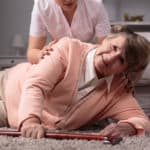 Fall-proofing our home: A guide to preventing household accidents | 4 min read
Fall-proofing our home: A guide to preventing household accidents | 4 min read
 Man’s best friends and the enemies they carry: Diseases we can get from pets | 5 min read
Man’s best friends and the enemies they carry: Diseases we can get from pets | 5 min read
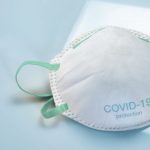 COVID-19 antibody testing | 2 min read
COVID-19 antibody testing | 2 min read

